India eyes record satellite launch as Asia's space race heats up
Tue 14 Feb 2017, 17:00:18

Forget the US versus Russia. The real space race is taking place in Asia.
India's space agency will attempt to launch 104 satellites from a single rocket Wednesday -- a record feat that, if successful, will cement the country's space smarts after its successful Mars orbiter mission.
The launch would almost triple the current record of 37 satellites Russia sent into orbit in 2014.
"It's going to be a big deal. It shows the sophistication of India's space program," says Rajeswari Pillai Rajagopalan, head of the Nuclear and Space Policy Initiative at the Observer Research Foundation.
India, China and Japan have all outlined bold space exploration plans for 2017 and beyond. Smaller powers, like South Korea, also want to get in on the act with ambitions of their own.
The increasing competition for space-related power and prestige in Asia has echoes of the Cold War space race of the mid-20th century.
But they're not the only motivations. The pursuit of science and technological advancement plus the economic and commercial benefits they bring also factor highly.
"I've long said that the real race is in Asia," says Joan Johnson-Freese, a professor and space specialist at the US Naval War College.
"Recognition of the multifaceted benefits from space exploration and space technology dates back to the Apollo program. Asian countries have been following that model and seeking those benefits ever since."
India's Mangalyaan probe -- Asia's first successful Mars orbiter -- forced the world to take note of India's space program, which was set up in 1962.
The probe was famously sent to the Red Planet in 2014 for $74 million -- less than the $100 million than Hollywood spent making space thriller "Gravity." The Mangalyaan now has pride of place on India's new 2,000 rupee note.
"It was a 'beat the Chinese' mission which they hoped would translate into regional and global prestige cum leadership. Anything that gets you into the records book -- like breaking the Russian satellite launch record -- falls into a similar category," says Johnson-Freese.
The Mars mission was not just a "sound and light show," says Rajagopalan. It established India's credibility as a space power and has translated into tangible economic benefits when it comes to the big business of satellite launches.
To date India has launched 79 satellites from 21 countries, including satellites from big companies like Google and Airbus, earning India at least $157 million, according to government figures.
In 2016, it launched 20 satellites in one go but Wednesday's launch is a far bigger challenge.
The rocket's payload includes three Indian satellites and a 101 foreign satellites from six countries -- US, Kazakhstan, Israel, Netherlands, Switzerland and UAE, according to the Indian Space Research Organization (ISRO).
"The secondary satellites are often not very big so we are able to carry many of them," says Ramabhadran Aravamudan, former director of the ISRO Satellite Center in Bangalore and the author of a new book on India's space
program.
program.
"The main technology involved is to launch them in a sequence so they don't interfere with each other and go into separate orbits."
Uday Bhaskar, director at the Society for Policy Studies, a Delhi-based think tank, says India can put a satellite into space at a price that is "60% to 70% lower" than other countries.
Aravamudan says this is largely down to cheaper labor costs and a state-led model that doesn't involve "industries with their own profit margins."
For example, highly-skilled aerospace engineers in India might receive a salary of $1,000 per month, a fraction of what they could earn in Europe or the US.
However, India will remain a "modest player" globally unless it can start sending heavier satellites into orbit.
"We still don't have a decent cryogenic engine for heavy launches," says Bhaskar.
What's next
In the first half of 2018, India plans to launch its second lunar mission -- in 2008, it became the fourth country to plant its flag on the moon after the US, Russia and China.
The Chandrayaan-2 will orbit, land and send a wheeled rover on the moon to collect lunar rock or soil. India also plans a mission to study the sun, plus proposed mission to Venus and a follow up to its first Mars mission
For now, manned missions aren't being pursued but are a possibility.
Last year, India tested a scale model of a Reusable Launch Vehicle, which resembles the US space shuttle. In 2014, it also successfully tested the capabilities of a crew module to re-enter the Earth's atmosphere.
China, India's great regional rival for superpower status and the most rapidly accelerating space power, is also gearing up for a busy few years.
It will test its Tianzhou-1 cargo and resupply spacecraft in April -- a key technology needed for country's space station that's expected to be up and running by 2022.
Later in the year, will send a probe to the moon that will collect and return with soil sample.
By the end of the decade, China says it will have also become the first country to land on the far side of the moon and also wants to land a rover on Mars.
Japan's space program is also shooting for the moon. It wants to put an unmanned rover on the surface of the moon by 2018, joining an elite club of nations who have explored Earth's satellite.
Traditionally led by JAXA -- Japan Aerospace Exploration Agency -- in November 2016, Japan enacted two bills that make it easier for private companies to go into space.
However, the failed launch of one of the smallest ever rockets in January has been a setback.
It was supposed to be proof of concept for Japan's micro-satellite and mini-rocket technology, which JAXA hopes to commercialize as private companies seek cheaper options that are easier to put into orbit.
"Japan cannot be seen to be left behind given their longtime reputation of the Asian technology leader, even if largely through consumer goods," says Johnson-Freese.
"Consequently they too must if not exceed then 'keep up' with other Asian space nations."
No Comments For This Post, Be first to write a Comment.
Most viewed from International
Most viewed from World
AIMIM News
Latest Urdu News
Most Viewed
May 26, 2020
Do you think Canada-India relations will improve under New PM Mark Carney?
Latest Videos View All
Like Us
Home
About Us
Advertise With Us
All Polls
Epaper Archives
Privacy Policy
Contact Us
Download Etemaad App
© 2025 Etemaad Daily News, All Rights Reserved.



.jpg)

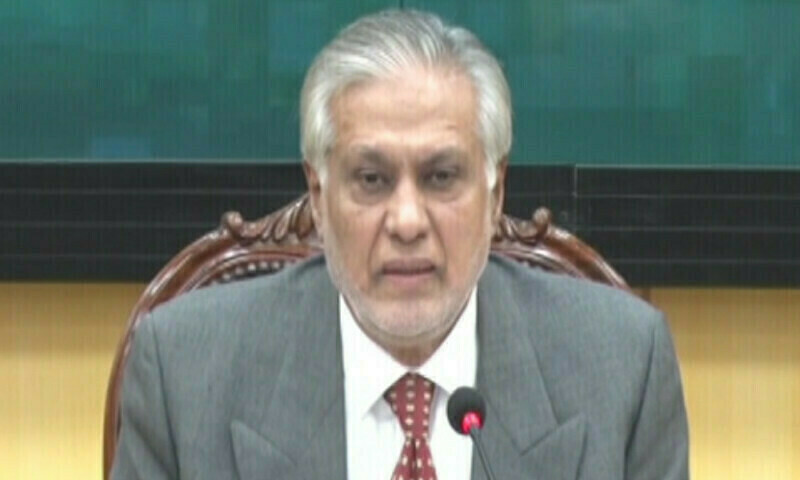


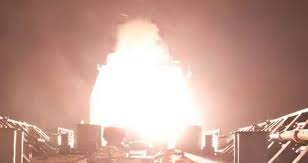

.jpg)
.jpg)

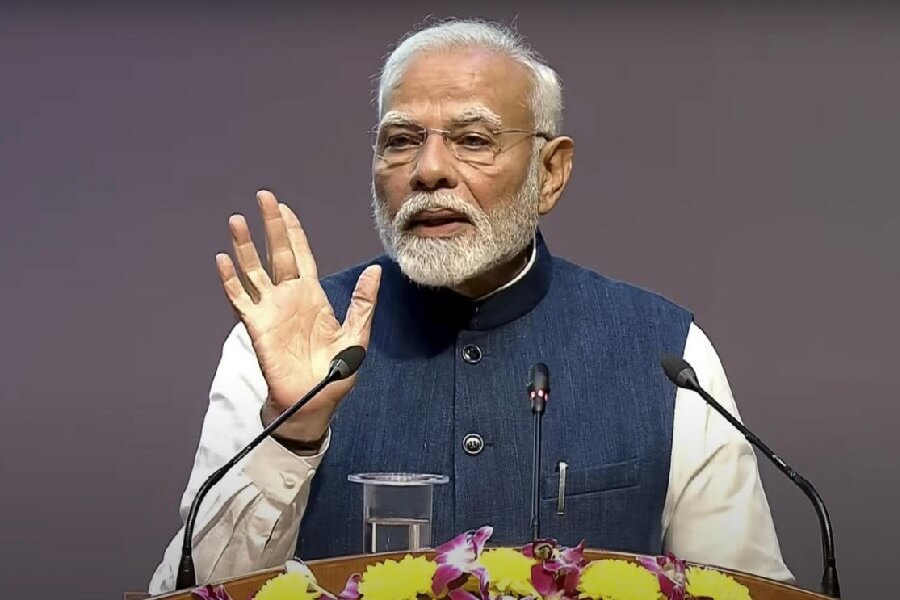
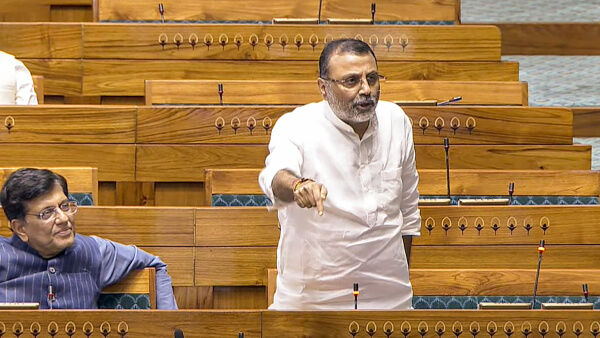


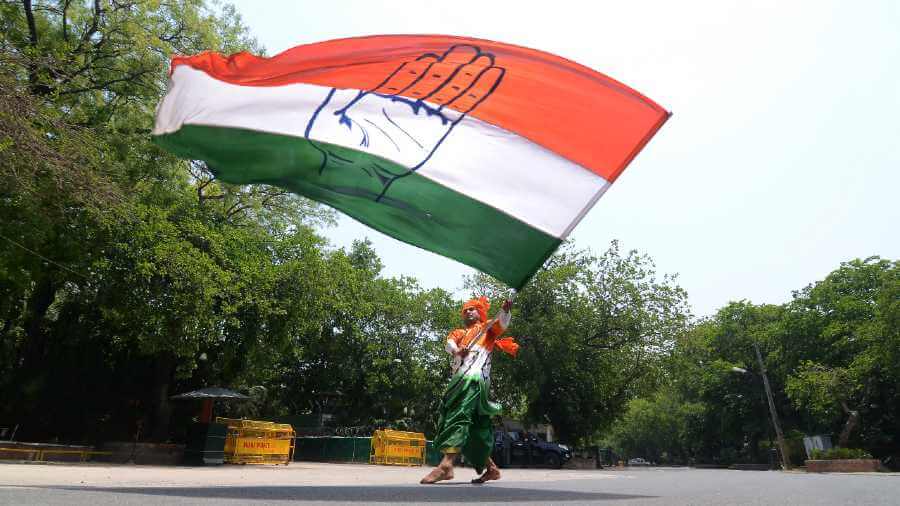


.jpg)
.jpg)
.jpg)
.jpg)
.jpg)

















